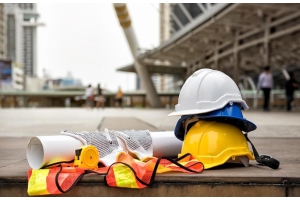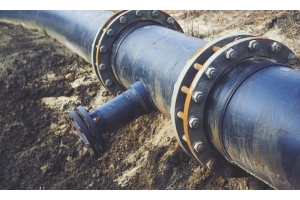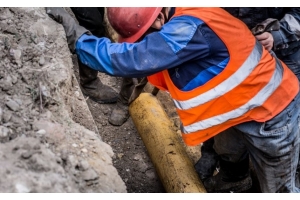A Guide to Cured-In-Place Pipe Repair


Pipeline repair is an essential part of ensuring the safe and efficient delivery of oil and gas products across the nation. When cracks, corrosion, or other damages threaten a pipeline, operators must act quickly to address the issue and prevent hazardous leaks and spills. This is often easier said than done. How do you repair an underground pipeline quickly and without draining your budget? One solution is cured-in-place pipe (CIPP) point repair. From the necessary materials on how CIPP point repair works, read more about this process with our guide to cured-in-place pipe repair.
How CIPP Point Repair Works
The CIPP process allows pipeline operators to repair a damaged pipe from the inside. This creates a versatile solution to damaged pipes in a wide range of shapes and sizes. CIPP pipe lining is jointless, seamless, and flexible enough to fit into the new pipe. At the same time, the material is strong enough to provide structural integrity while holding up against the products that flow through the pipeline. How do operators complete a CIPP point repair? This guide to cured-in-place pipe repair breaks the process down into two major steps: reconnaissance and installation.
Recon
Pipeline workers must first inspect the pipeline to locate the damage. Workers use cameras to televise the interior of the pipeline. This also shows workers any roots, dirt, or other debris that they will have to clean out before they can begin the installation process. Once pipeline workers have a clear image of the pipe and their workspace, they will take precise measurements of the pipeline and use this information to prepare the CIPP pipe lining and materials.
Installation
The installation process begins with pipeline workers folding the relining material around their point repair packer. Workers will then bundle the packer and liner together and tie the bundle with string, rubber bands, or other ties that will break once the packer inflates. Next, workers insert the packer into the pipeline. Once the packer is in place, workers inflate the packer to press the liner up against the pipe. Workers then use hot water, hot air, or another curing agent to harden the lining and effectively seal the damaged portion of pipeline. At the end of the process, workers deflate and remove the packer, and the pipeline is ready for service once more.
The Benefits of CIPP Point Repair
Buried pipes are difficult for workers to reach. Without solutions such as CIPP repair, workers would have to dig up the pipe and stop service while they cut and replaced portions. The ease and efficiency of CIPP point repair allows workers to complete a job in a single day. This minimizes service disruption and makes life easier for both end-users and pipeline owners.
The information may be used but with no warranty or liability. This information is believed to be correct but should always be double checked with alternative sources. Strictly adhere to and follow all applicable national and local regulations and practices.






